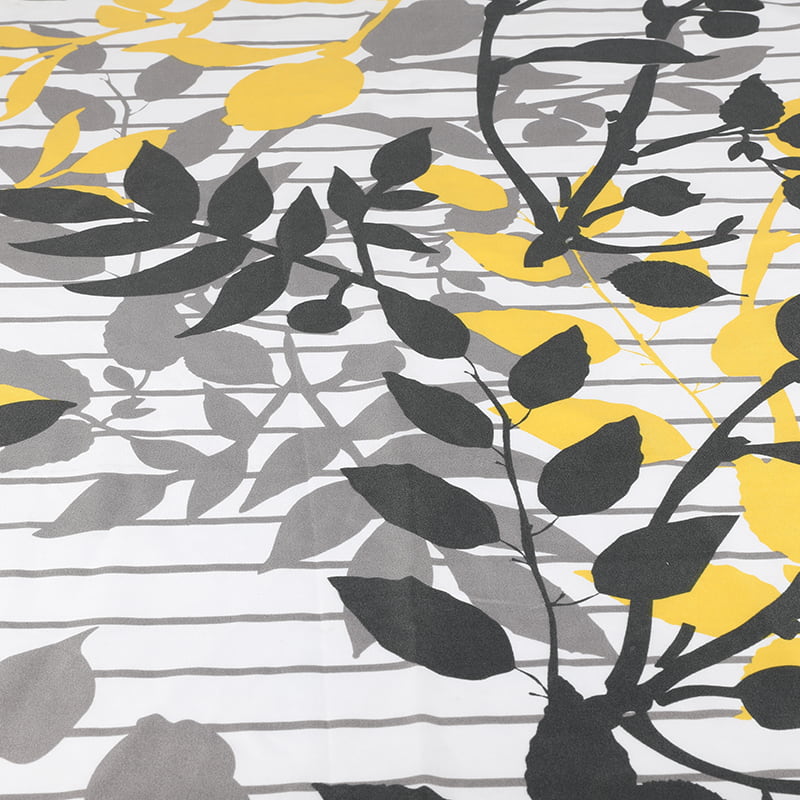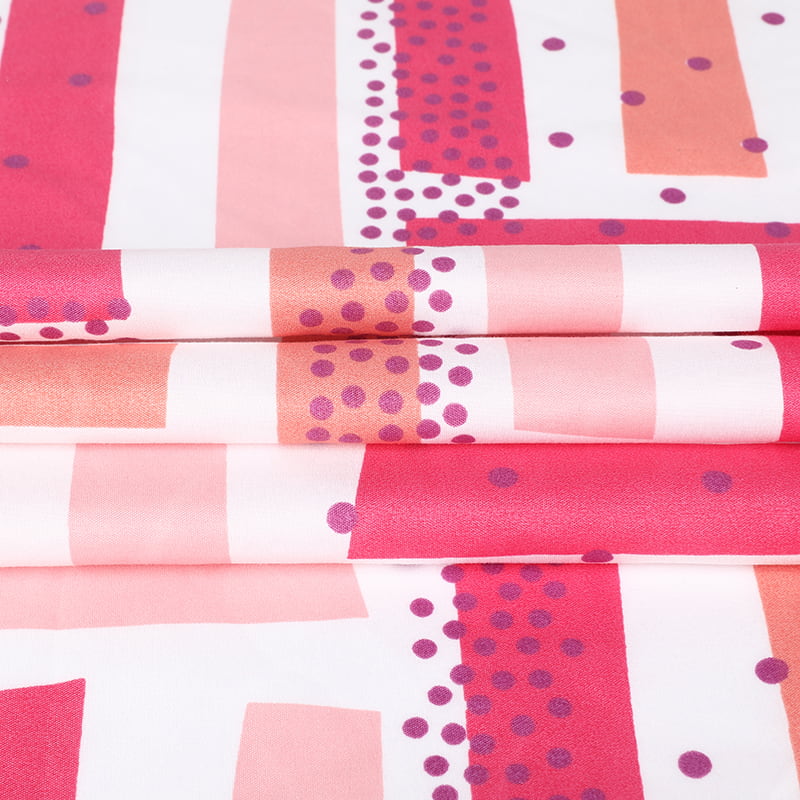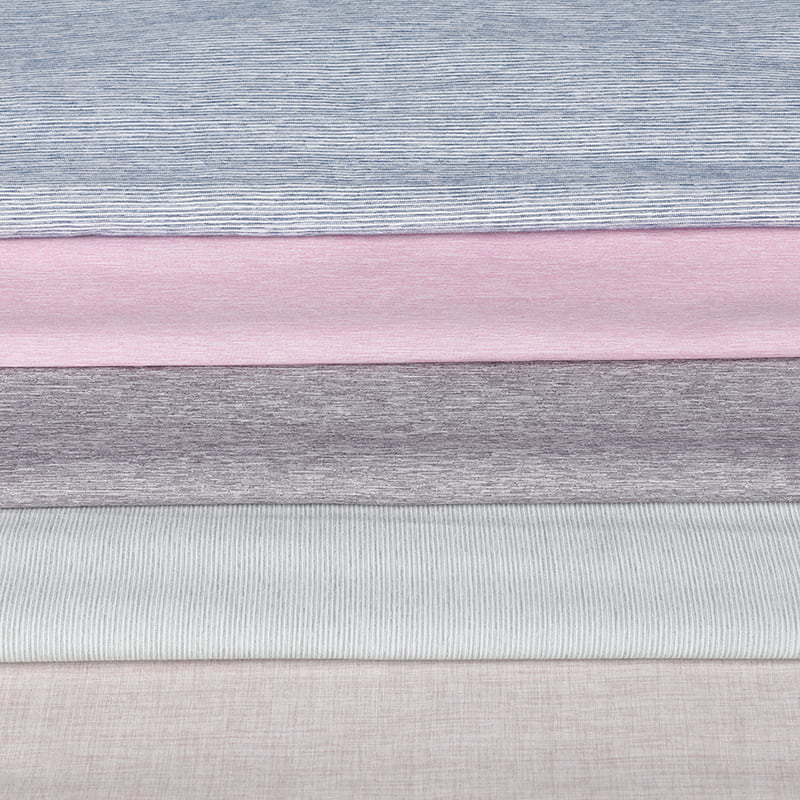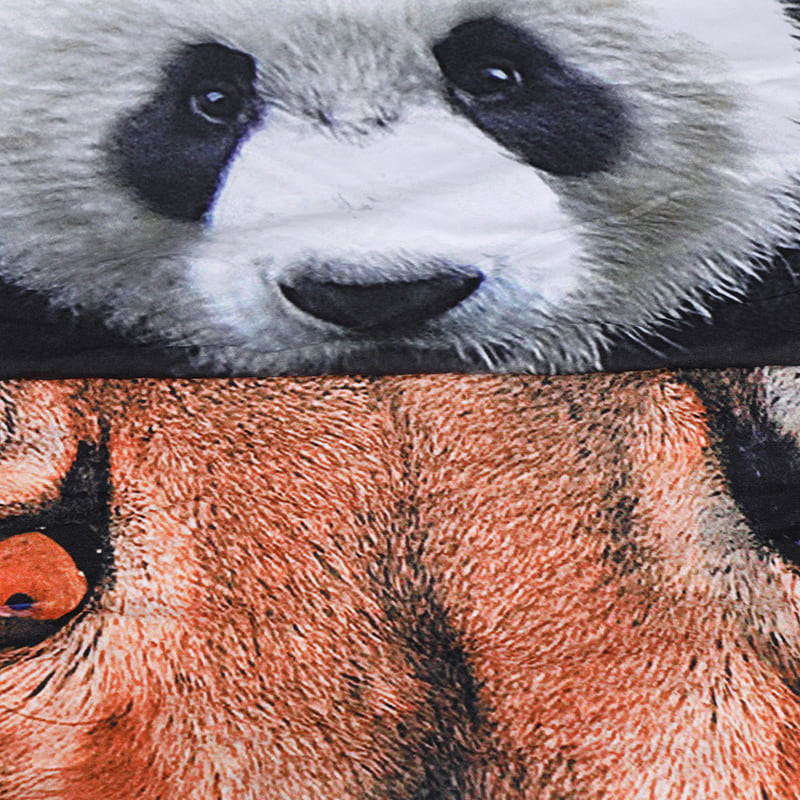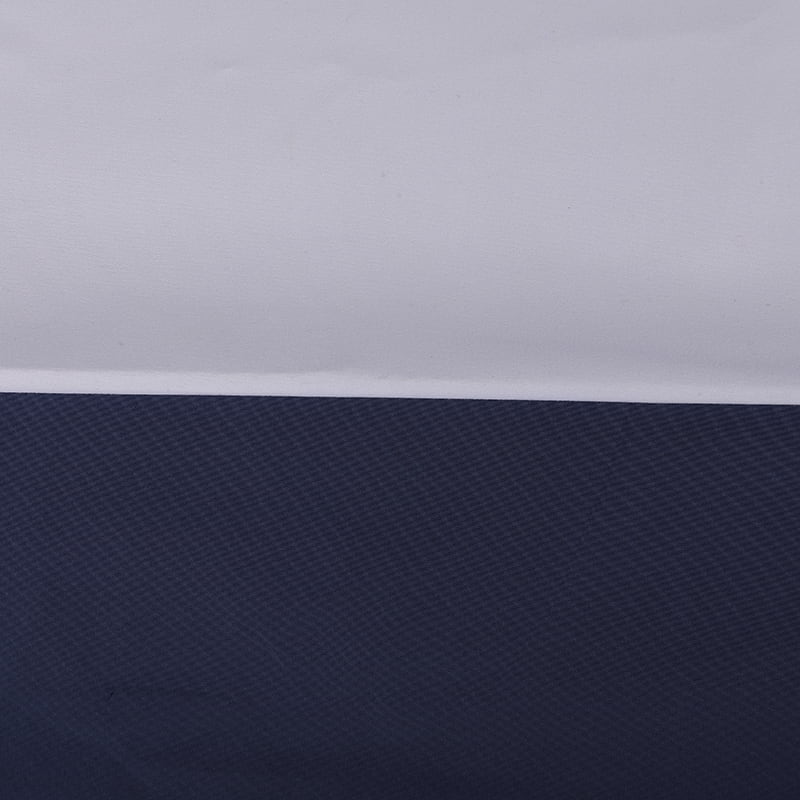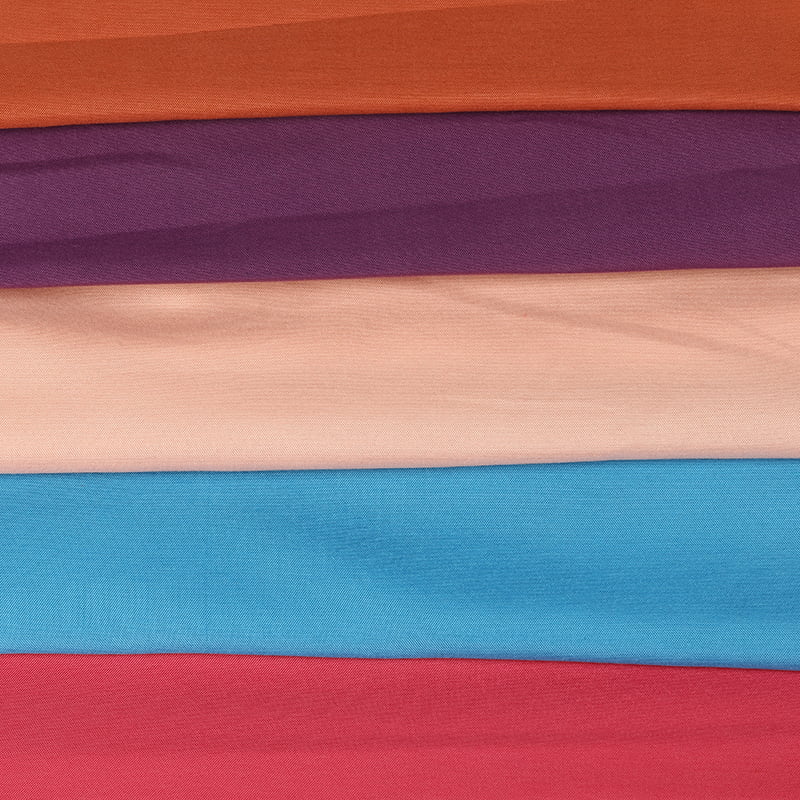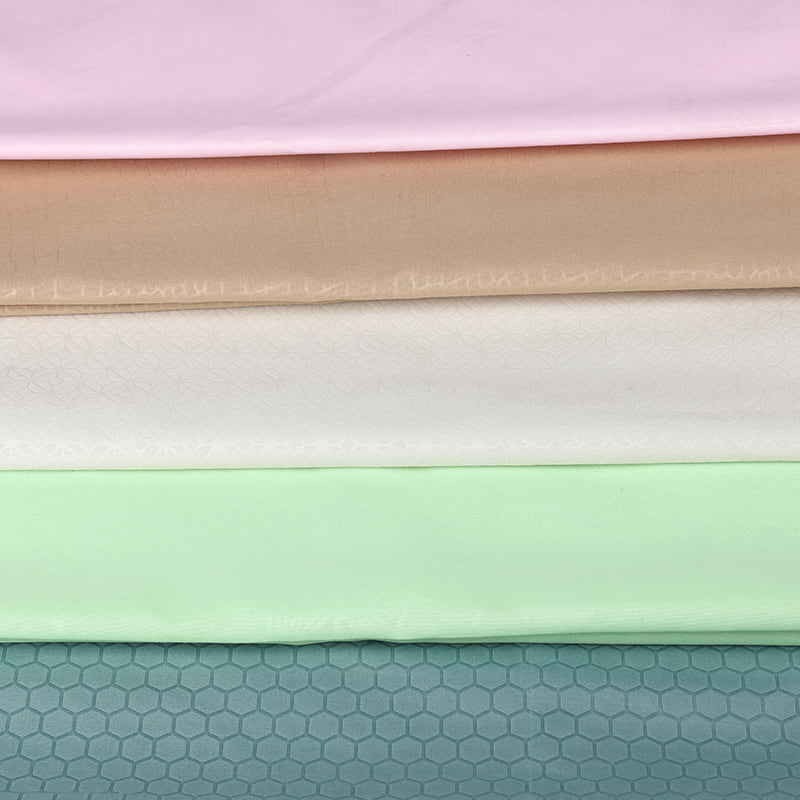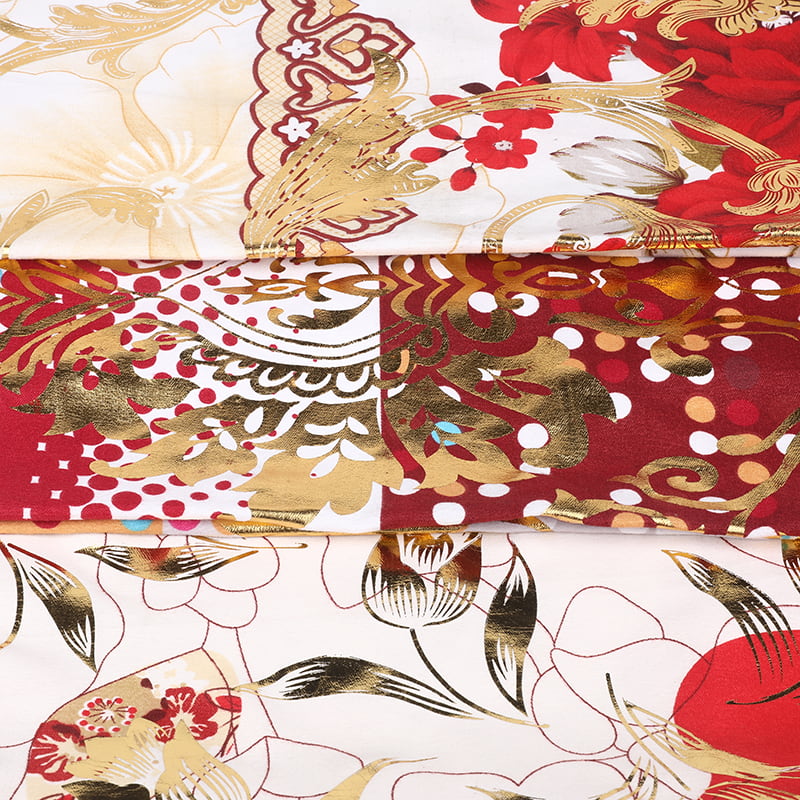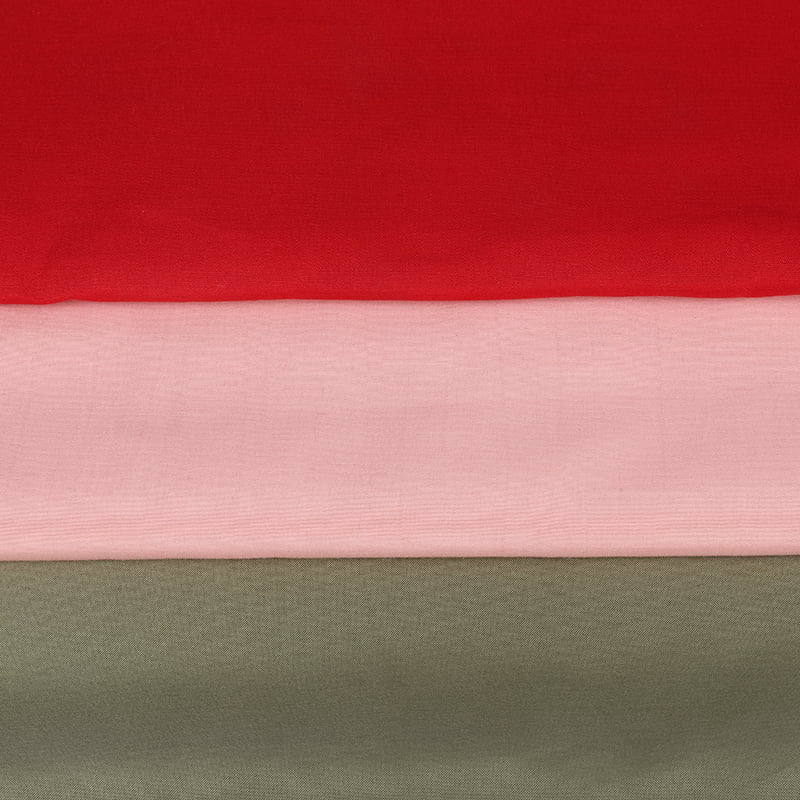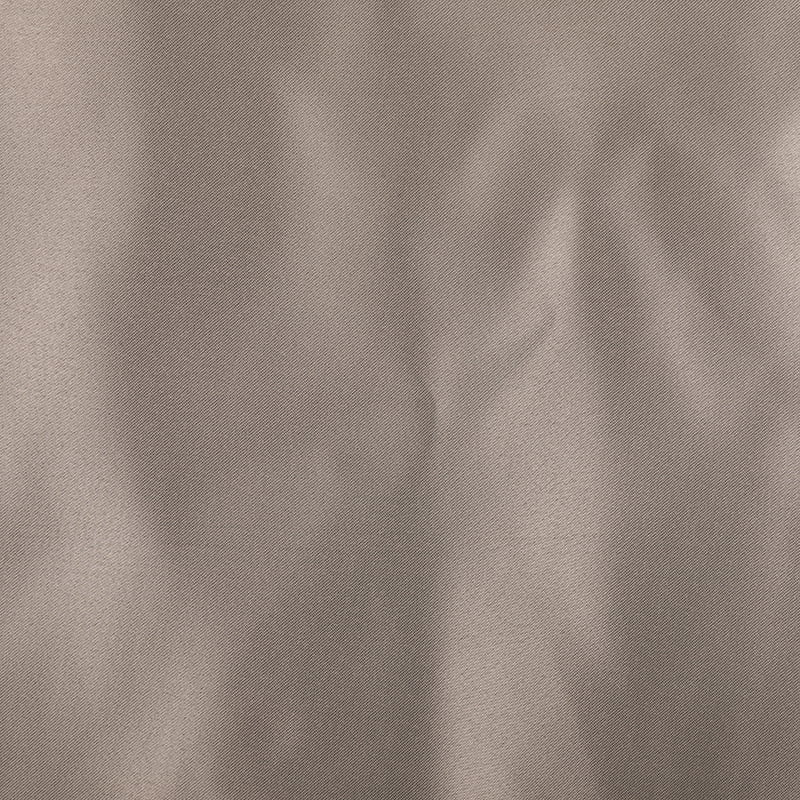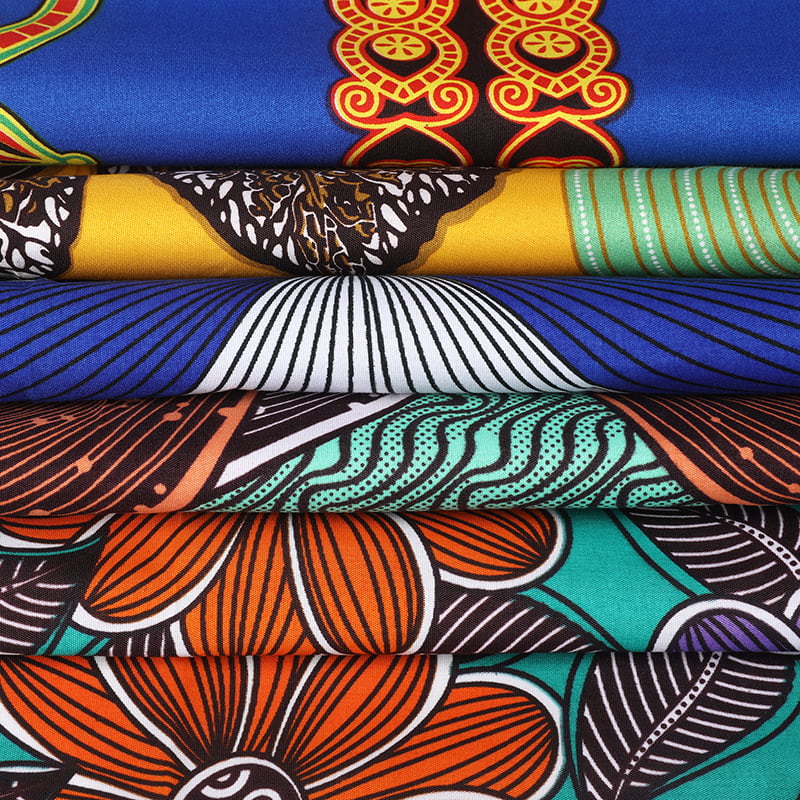When it comes to textile design, one technique that has gained immense popularity is disperse print fabric. With its ability to create vibrant and intricate patterns, disperse printing has revolutionized the world of textiles. In this article, we will delve into the fascinating world of disperse print fabric, exploring its process, applications, and unique characteristics.
Disperse printing is a method of transferring designs onto fabric using disperse dyes, which are specially formulated to bond with synthetic fibers like polyester. The process involves printing the design onto transfer paper using disperse dyes, followed by applying heat and pressure to transfer the design onto the fabric. This heat fixation ensures a permanent and long-lasting bond between the dye and the fibers, resulting in vivid and colorfast prints.
One of the primary advantages of disperse print fabric is its ability to produce vibrant and detailed patterns. The high-resolution printing process allows for intricate designs with sharp edges and fine details. From floral motifs to geometric patterns, disperse print fabric offers endless possibilities for creative expression. The colors are vivid and can range from soft pastels to bold, eye-catching hues, adding a touch of elegance and personality to any garment or interior textile.
Disperse print fabric is renowned for its durability and excellent colorfastness. The bond between the dye and the synthetic fibers ensures that the prints retain their vibrant colors, even after repeated washing and prolonged exposure to sunlight. This makes disperse print fabric an ideal choice for items that require frequent laundering, such as apparel, home furnishings, and outdoor textiles.
The versatility of disperse print fabric makes it suitable for a wide range of applications. In the fashion industry, it is commonly used for creating dresses, blouses, skirts, and scarves. Its ability to withstand high temperatures also makes it ideal for sportswear and swimwear. Moreover, disperse print fabric finds extensive use in home décor items such as curtains, upholstery, bedding, and table linens. Its resistance to fading and staining ensures that these textiles maintain their visual appeal for years to come.
While disperse print fabric offers numerous advantages, it is essential to consider the environmental impact of its production. The use of synthetic fibers, such as polyester, raises concerns regarding microplastic pollution and the overall carbon footprint. However, advancements in eco-friendly printing technologies and the availability of recycled polyester fabrics are paving the way for more sustainable options within the disperse print industry.
Disperse print fabric has emerged as a favored choice for designers and consumers alike, thanks to its vibrant patterns, durability, and versatility. Whether it's fashion apparel or home furnishings, the intricate and long-lasting prints created through the disperse printing process add a touch of elegance and style to any textile. As the industry continues to focus on sustainability, we can look forward to the development of more eco-friendly alternatives that maintain the allure and beauty of disperse print fabric while minimizing its environmental impact.





